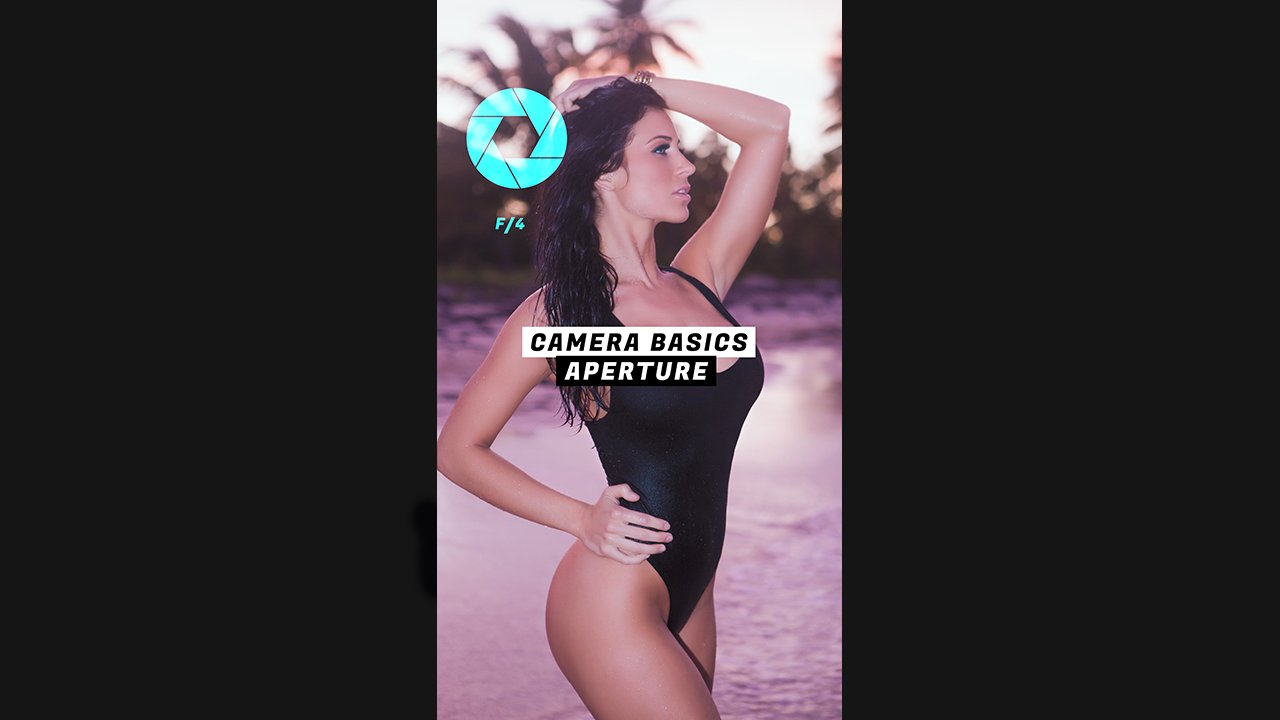Camera Basics - Aperture
Aperture, a fundamental element of photography, plays a crucial role in shaping the look and feel of images. When it comes to portrait photography, the choice between a wide and narrow aperture significantly impacts the visual outcome. In this exploration, we delve into the benefits and drawbacks of using a wide aperture for stunning bokeh and subject separation versus opting for a narrow aperture for greater depth of field.
Wide Aperture Benefits:
Bokeh Magic: A wide aperture, typically in the range of f/1.2 to f/2.8, creates a shallow depth of field, resulting in a beautifully blurred background known as bokeh. This effect helps draw attention to the subject by isolating it from distracting elements in the background.
Low Light Performance: Wide apertures permit more light to reach the camera sensor, making them invaluable in low-light conditions. This enables photographers to capture well-exposed portraits without sacrificing shutter speed or increasing ISO, thus reducing the risk of image noise.
Wide Aperture Drawbacks:
Limited Depth of Field: The main drawback of a wide aperture is the limited depth of field. While this can be advantageous for isolating a subject, it may result in parts of the subject being out of focus, especially in group shots or when capturing subjects with varying depths.
Precise Focus Challenges: Achieving pinpoint focus becomes more critical with wider apertures, as the margin for error is increased. This can be challenging, especially in fast-paced shooting situations and with manual focus lenses.
Narrow Aperture Benefits:
Greater Depth of Field: A narrow aperture, usually in the range of f/8 to f/16, increases the depth of field, ensuring that more elements within the frame are in focus. This is beneficial for group portraits or when capturing scenes where foreground and background details are essential.
Sharpness Across the Frame: Narrow apertures contribute to overall sharpness, allowing photographers to maintain clarity throughout the image. This is advantageous when capturing intricate details in a subject or when shooting landscapes or product photos.
Narrow Aperture Drawbacks:
Reduced Bokeh: The primary drawback of a narrow aperture is the diminished ability to achieve a pronounced background blur. While this may be suitable for certain scenarios, it limits the dramatic, isolating effect that bokeh provides in wide-aperture shots.
Limited Low-Light Performance: Narrow apertures restrict the amount of light entering the camera, making them less suitable for low-light conditions without compensating with longer shutter speeds, higher ISO settings or more studio lights.
Conclusion: In portrait photography, the choice between a wide and narrow aperture is a creative decision that depends on the desired visual outcome. Whether you prioritize stunning bokeh and subject separation or aim for a broader depth of field, understanding the benefits and drawbacks of each aperture setting empowers you to make informed choices, elevating the impact of your portrait work.

